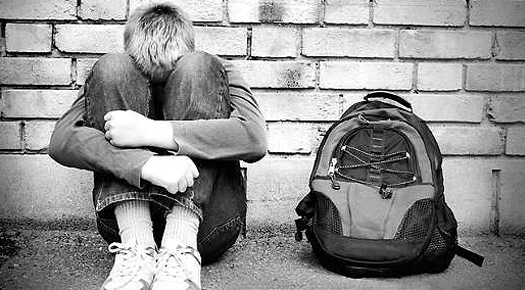
Incoming pupils for four-year courses at colleges and universities across the United States are less likely to be in good emotional health or associate themselves with any organized religion. The 49th annual report on American freshmen conducted by Cooperative Institutional Research Program under the supervision of UCLA’s Higher Education Research Institute, which was released on February 5, surveyed approximately 153,000 first-year, full-time pupils at 227 four-year private and public institutions in 2014.
The survey revealed that only 50.7 percent of pupils believe their emotional health is in the top 10 percent of those above average. That translates into a 2.3 percent decline from the freshman batch of 2013 and the lowest level since surveyors first started asking the question in 1985. Additionally, the number of pupils who often feel depressed has increased to 9.5 percent, which is 3.4 percentage points higher than the statistics of 2009.
“It may signal self-awareness. It may also signal increases in pupils becoming overwhelmed” during the period between high school graduation and their first year in college, said Kevin Eagan, director of the Cooperative Institutional Research Program.
“We certainly know that all these groups are at higher risk for emotional distress and for having troubles socially and physically. All of these things increase the challenge of functioning in high school and college settings,” said Victor Schwartz, medical director at the nonprofit Jed Foundation.
Even though more pupils claim to be feeling depressed more frequently, they do not seem to be seeking relief by indulging in smoking or drinking. In 2014, 61.4 percent pupils said they spent less than an hour every week at parties. This was a noticeable increase from 24.3 percent pupils that claimed to do the same in 1987. In addition, the survey found the lowest self-reported rates of cigarette and alcohol consumption among incoming freshmen in almost to 30 years. In 2014, only 1.7 percent pupils said they smoke cigarettes often, compared to 9.2 percent who said they did so in 1981.
As the percentage of pupils saying they experience periods of depression increased, the percentage of them that associate with a particular religion dropped. In 1973, the first year of the study when surveyors asked pupils about their parents’ religious affiliation, 6.4 percent respondents selected ‘none’ for paternal religious preference and 3.1 percent for maternal religious preference. By 2014 however, that number had gone up to 19 percent for paternal and 13.8 percent for maternal.
According to the survey, even at Catholic colleges, the number of pupils saying they do not associate with any religion increased from 10.6 percent in 2004 to 14.9 percent in 2014. Similarly, the number of pupils opting for ‘none’ as their religious preference at other religious colleges almost doubled in the past decade – from 9.3 percent to 17.4 percent.
“A large gap in self-rated spirituality also exists between pupils who identified with a religion and those who selected 'none.' More than 4 out of 10 (43.4 percent) pupils who identified with a religion rated their spirituality 'above average' or 'highest 10 percent' compared to only 16.4 percent of those who selected 'none.' However, this does suggest that some pupils clearly separate spirituality from a particular religion,” the study said.
In 2014, the organization came together with Clinton Foundation to start The Campus Program that It believes would help assess and improve pupils’ mental health.
The above trend has also observed in the larger population where more and more Americans claim religion’s influence is waning in society. In September 2014, Pew Research found that 72 percent of Americans believe religion is losing its influence, a 5 percent rise since 2010 and the highest level reached by Pew polls in the last 10 years.
Photo Credits: J. C. Runyon Foundation
